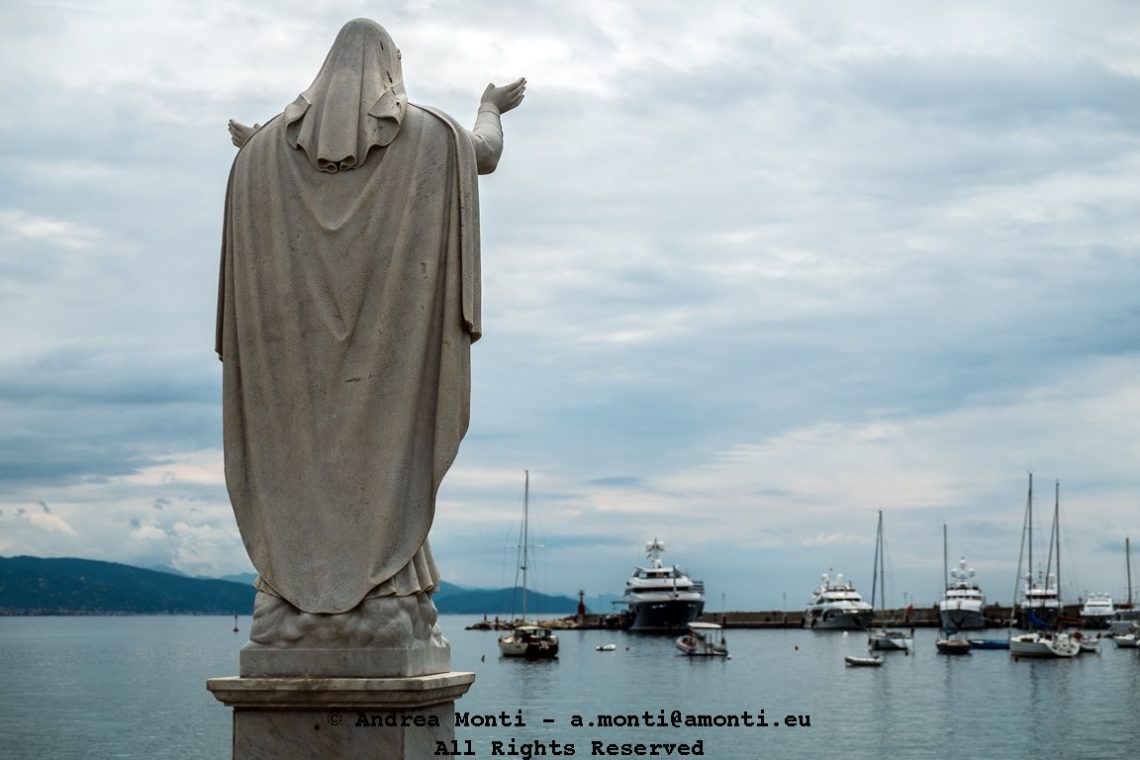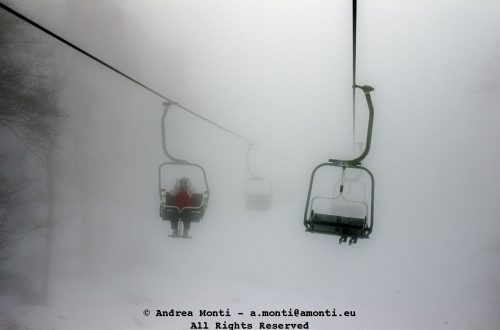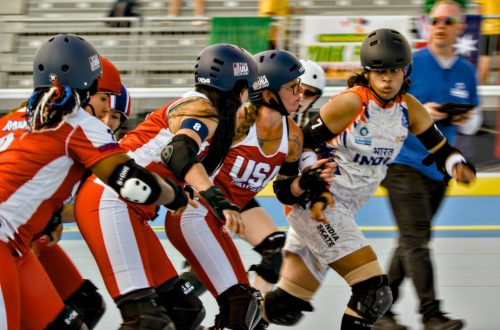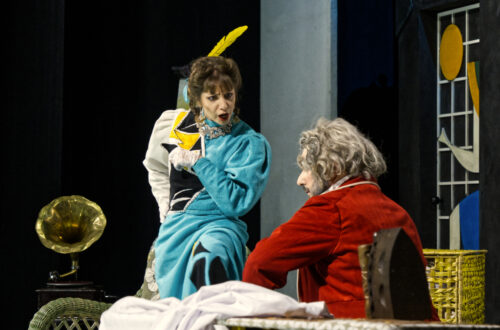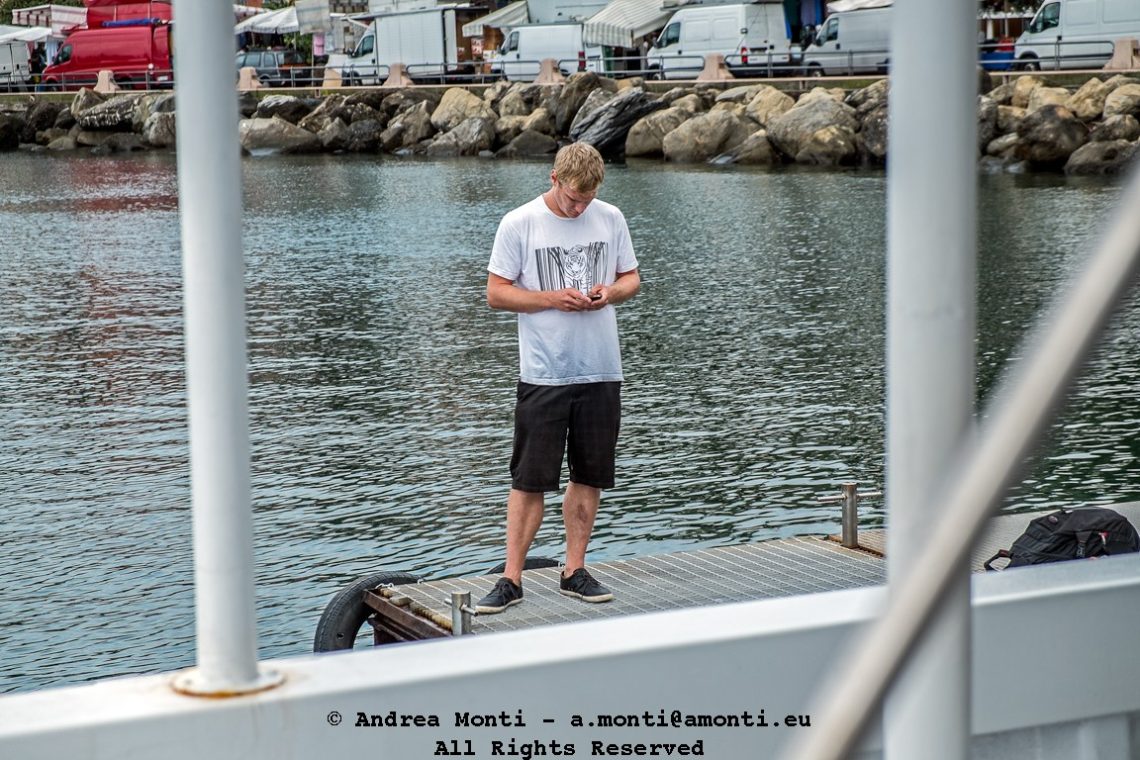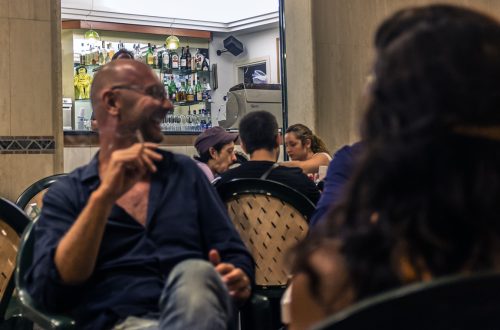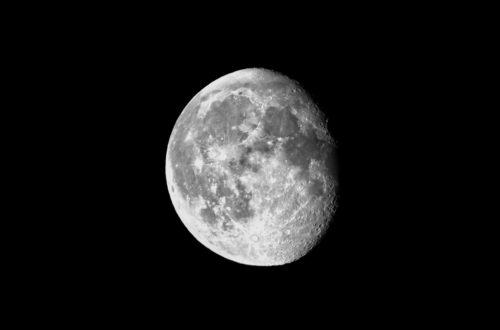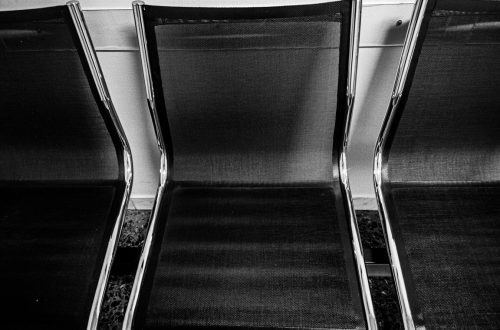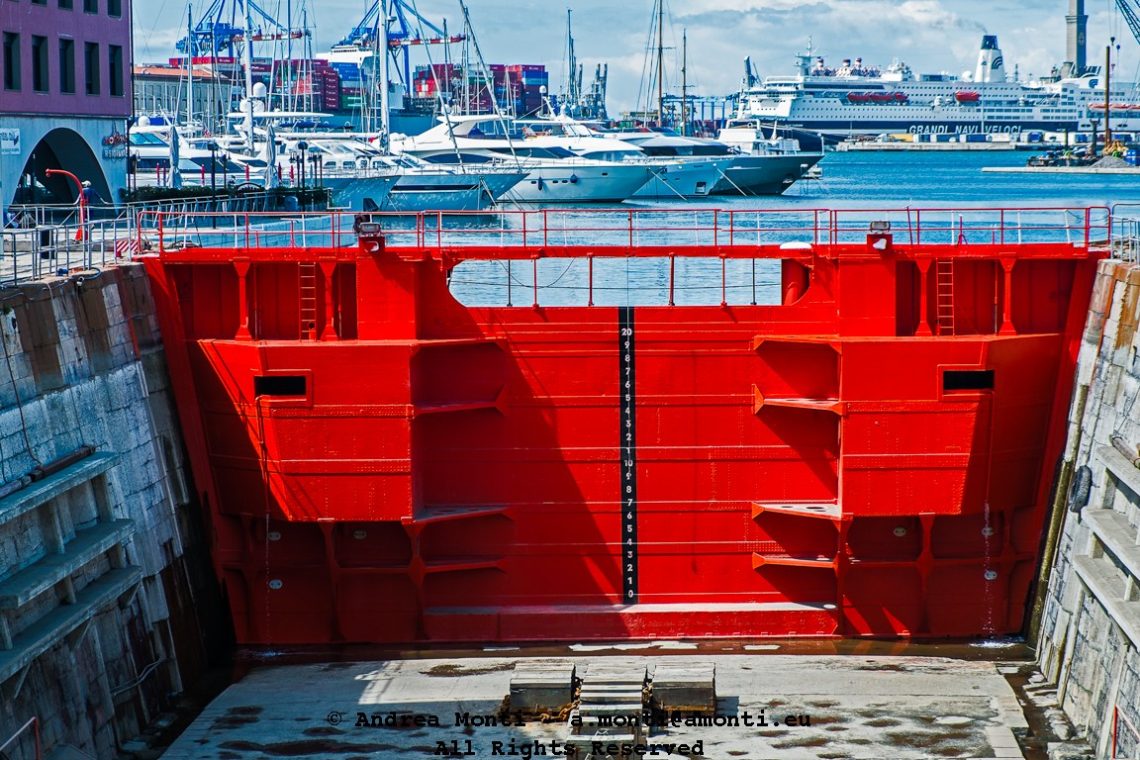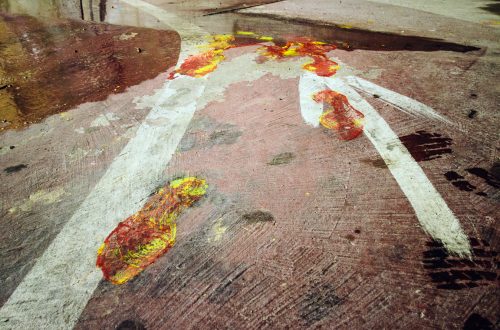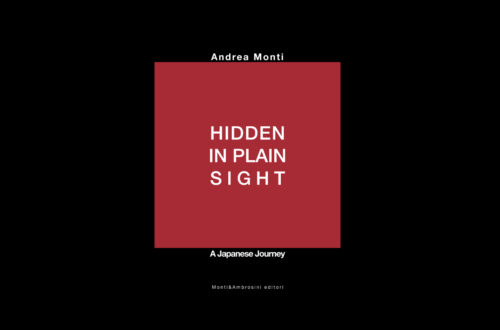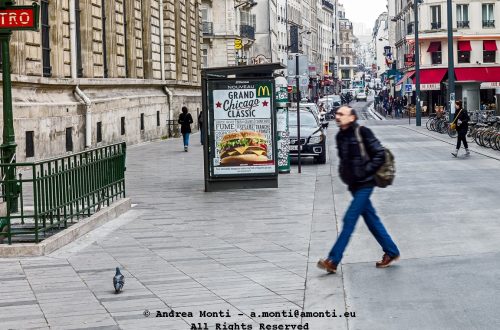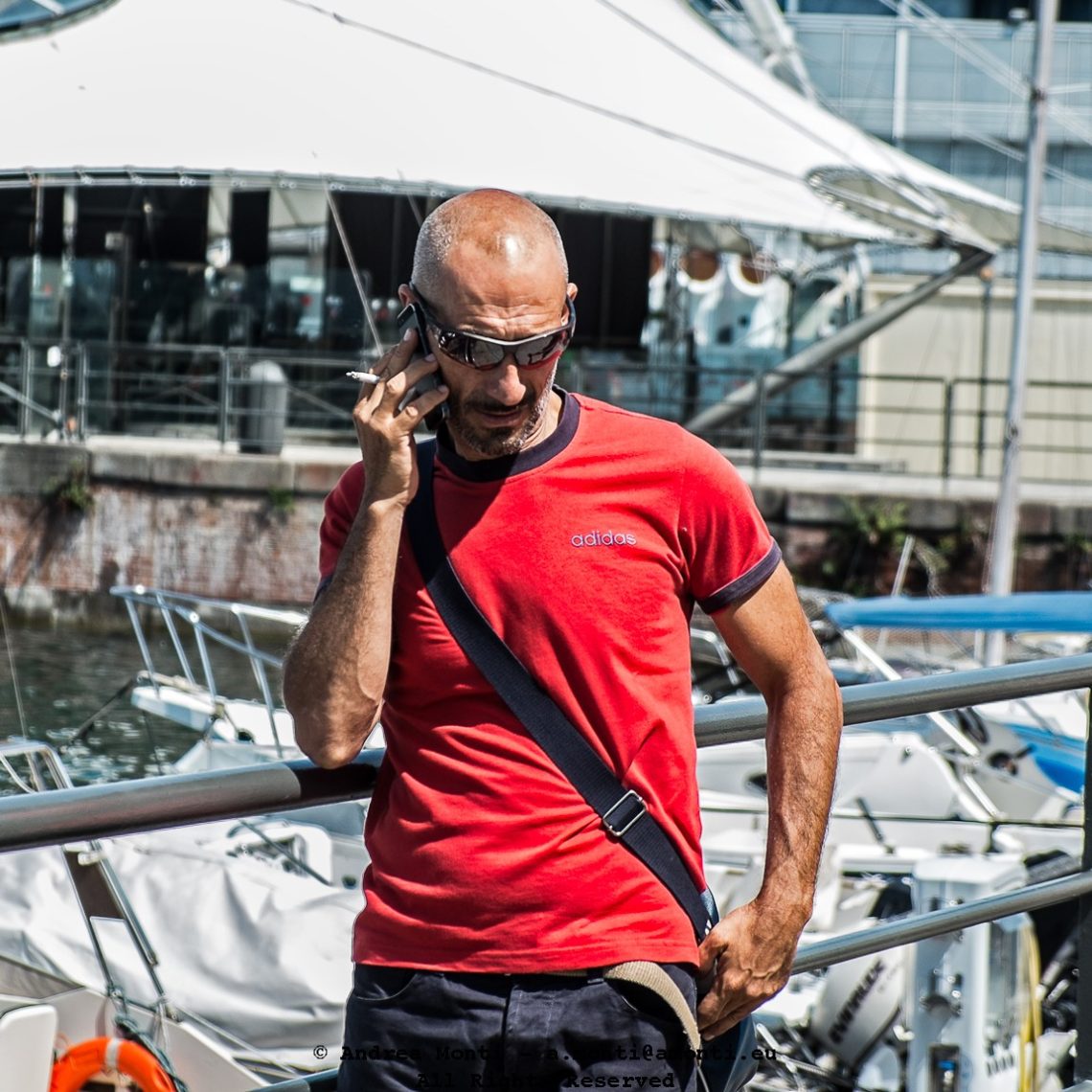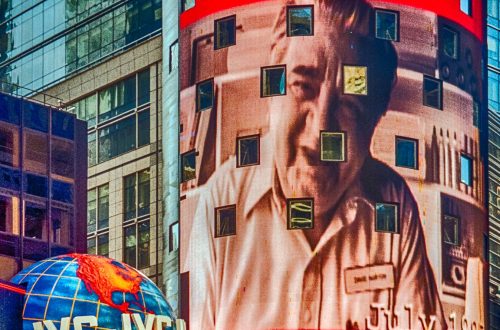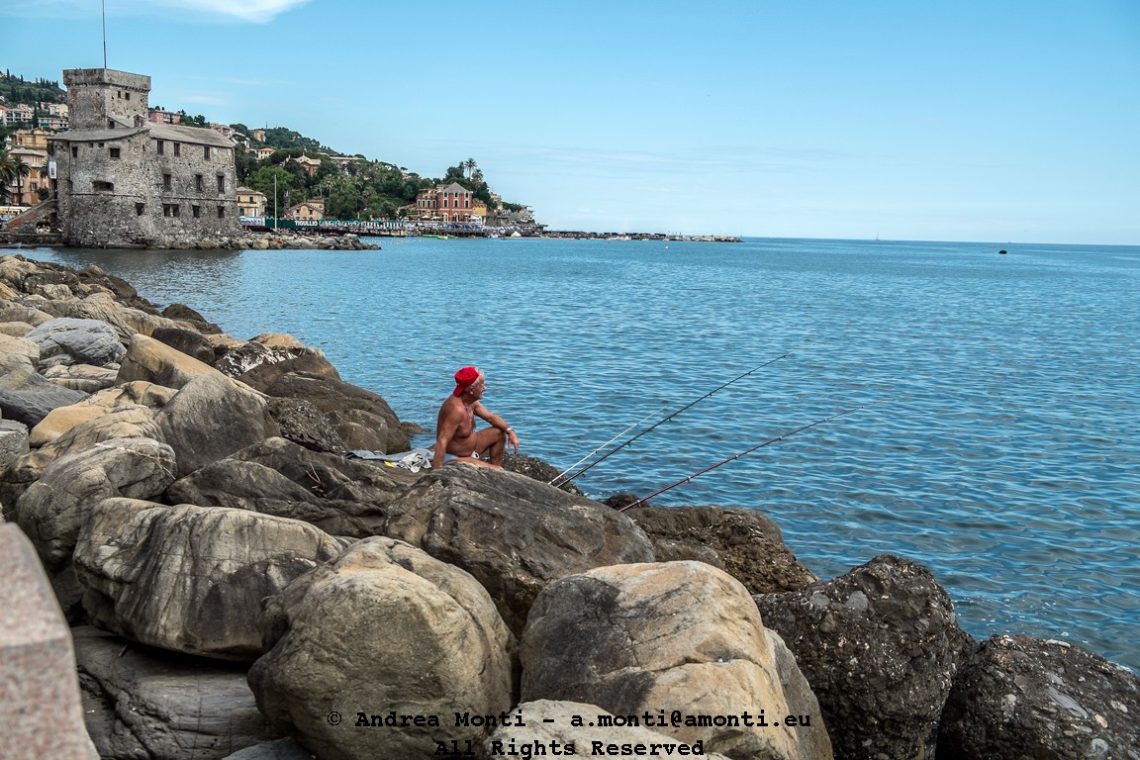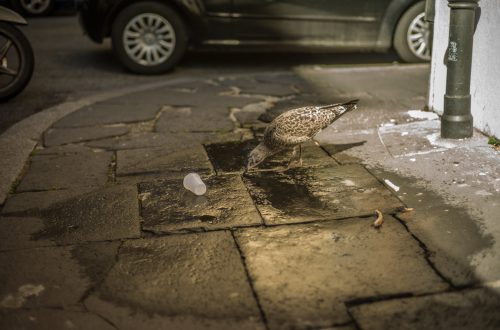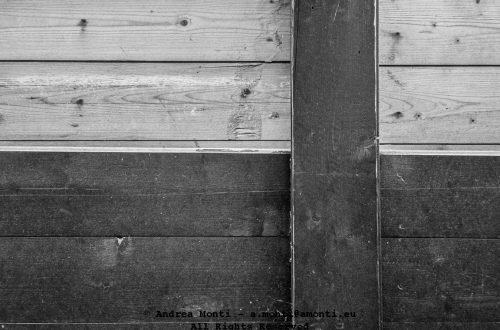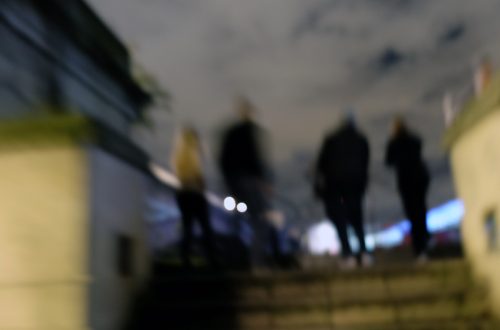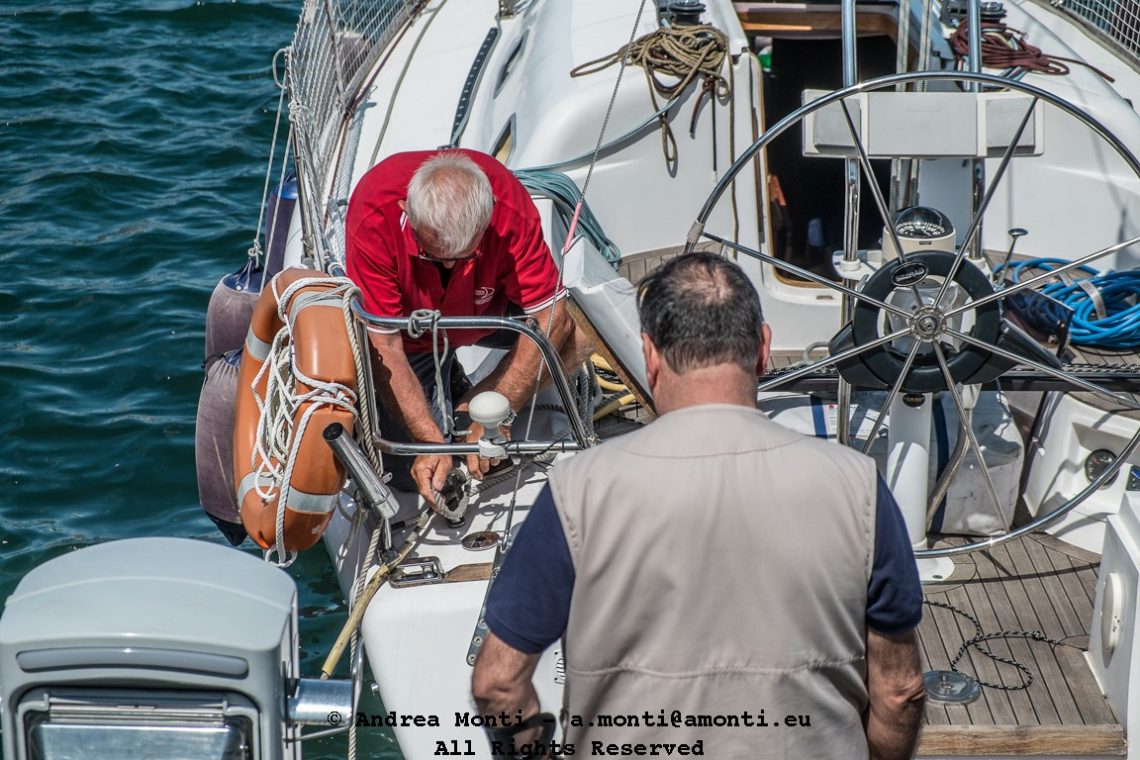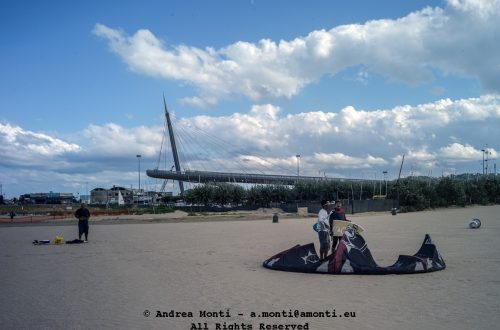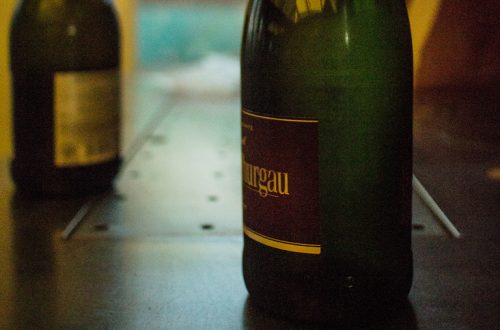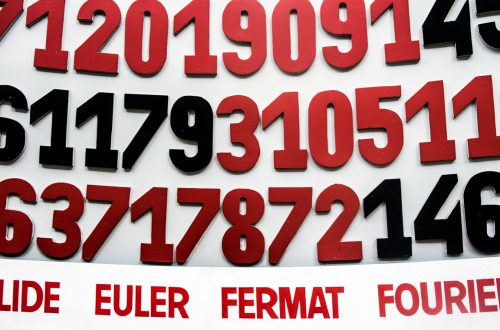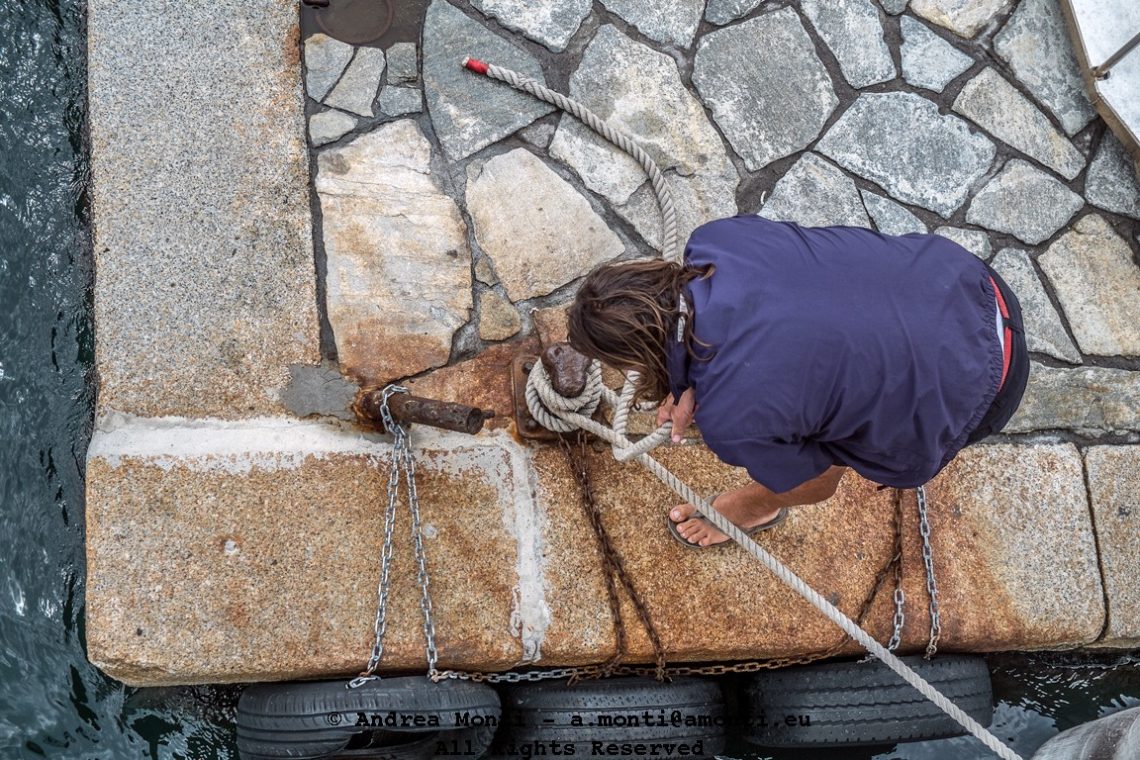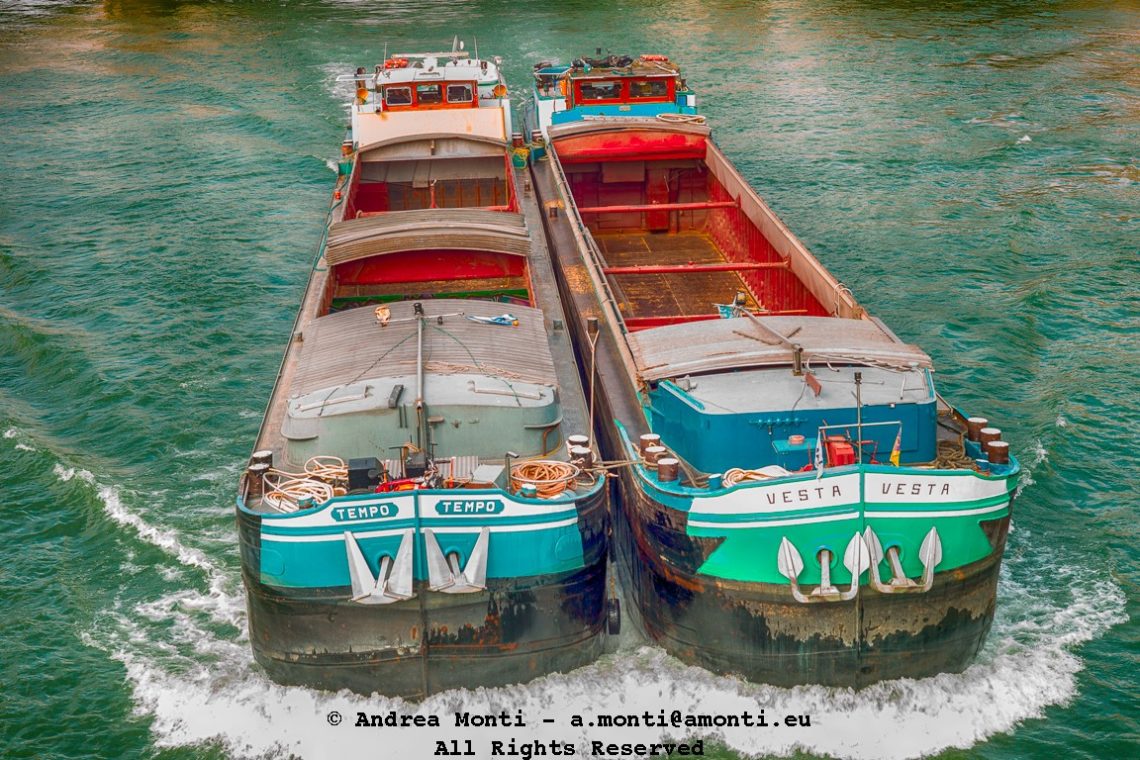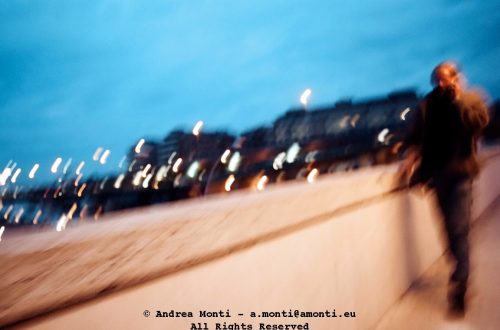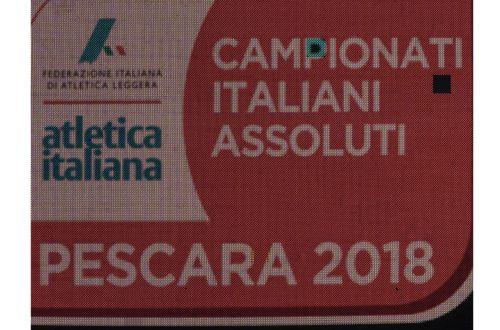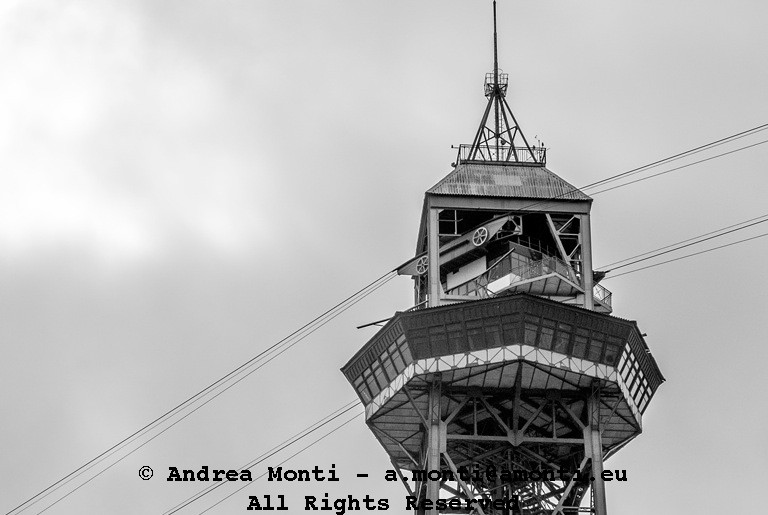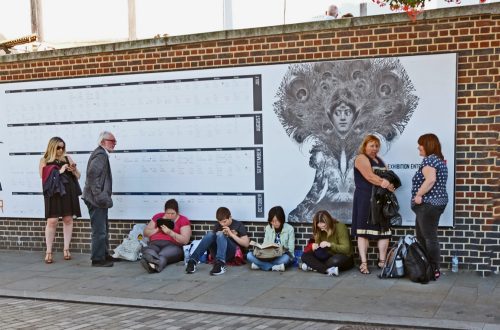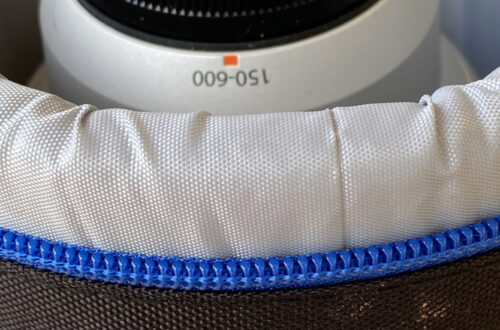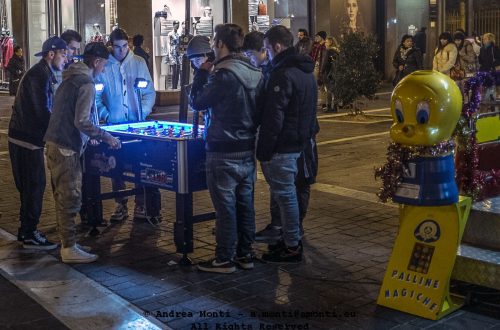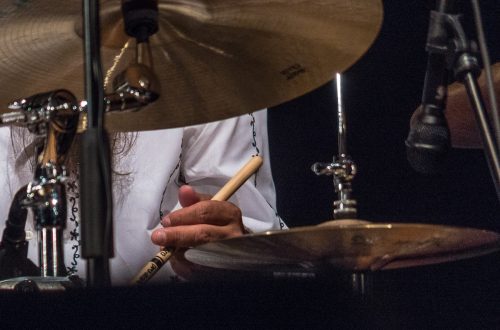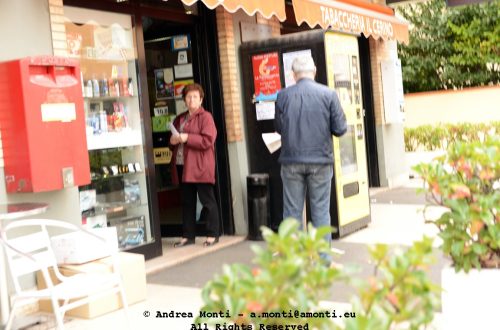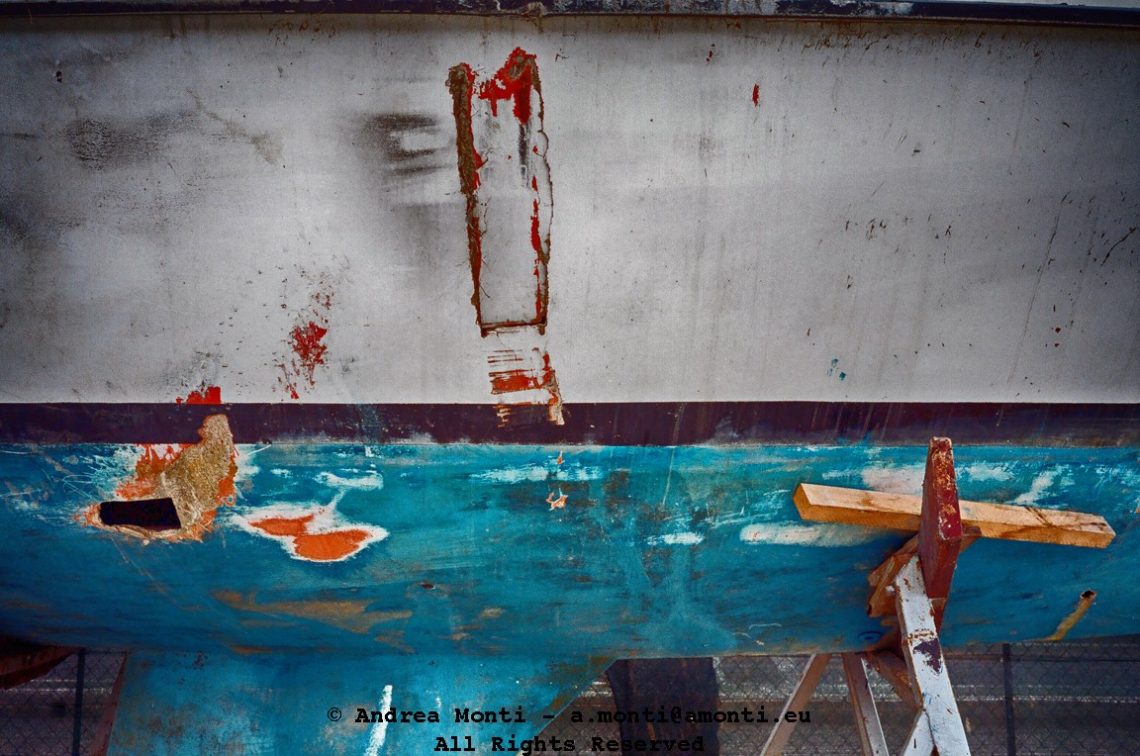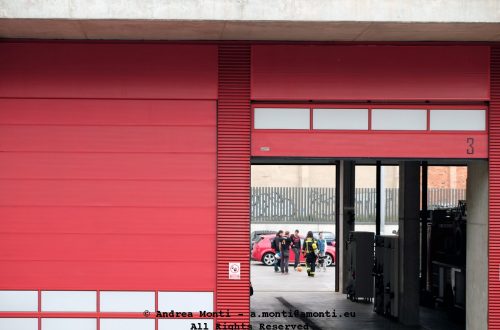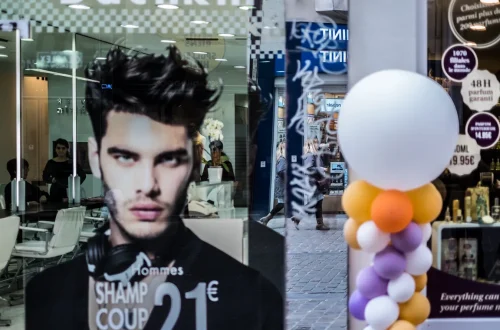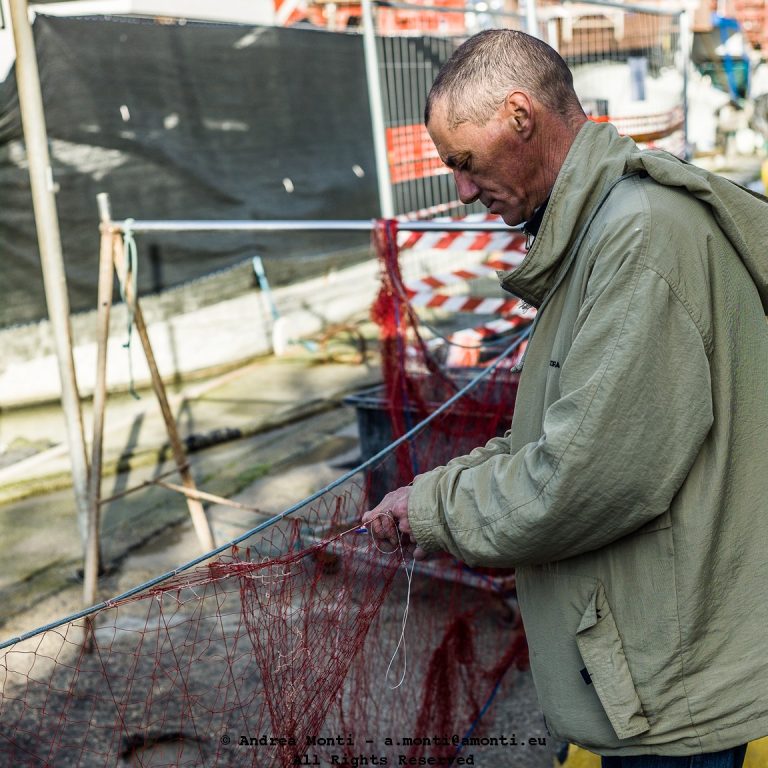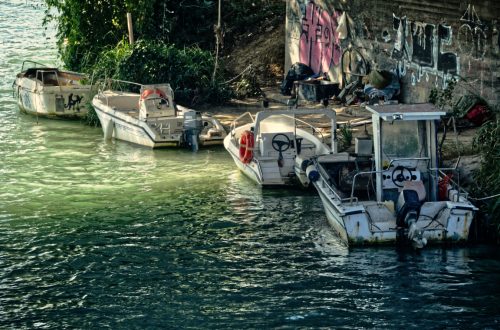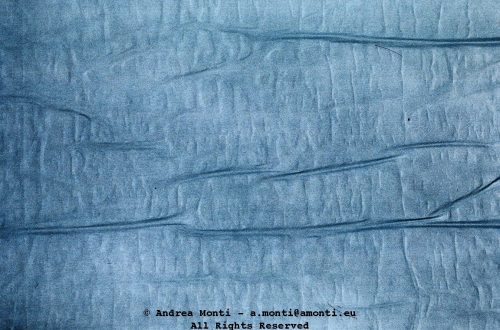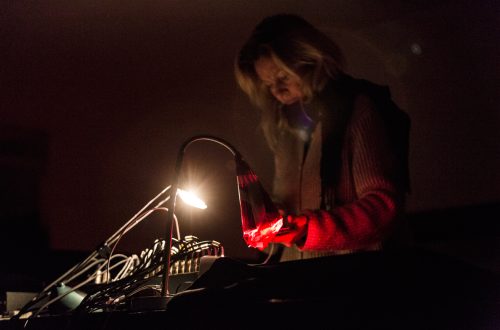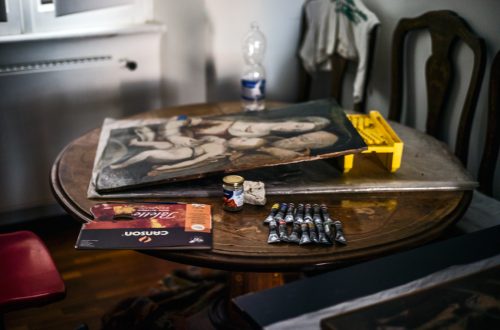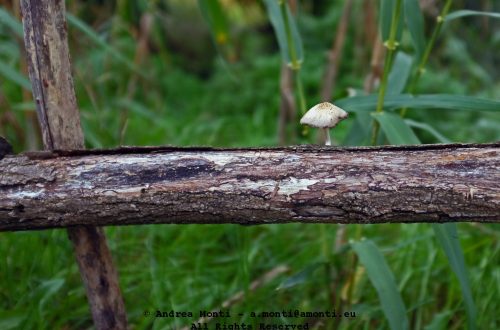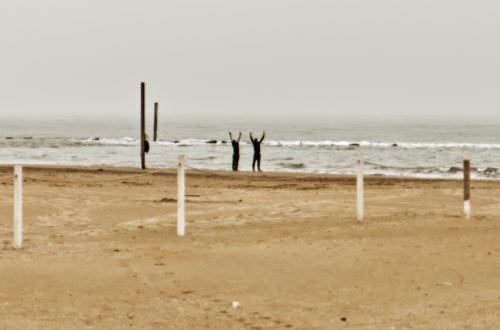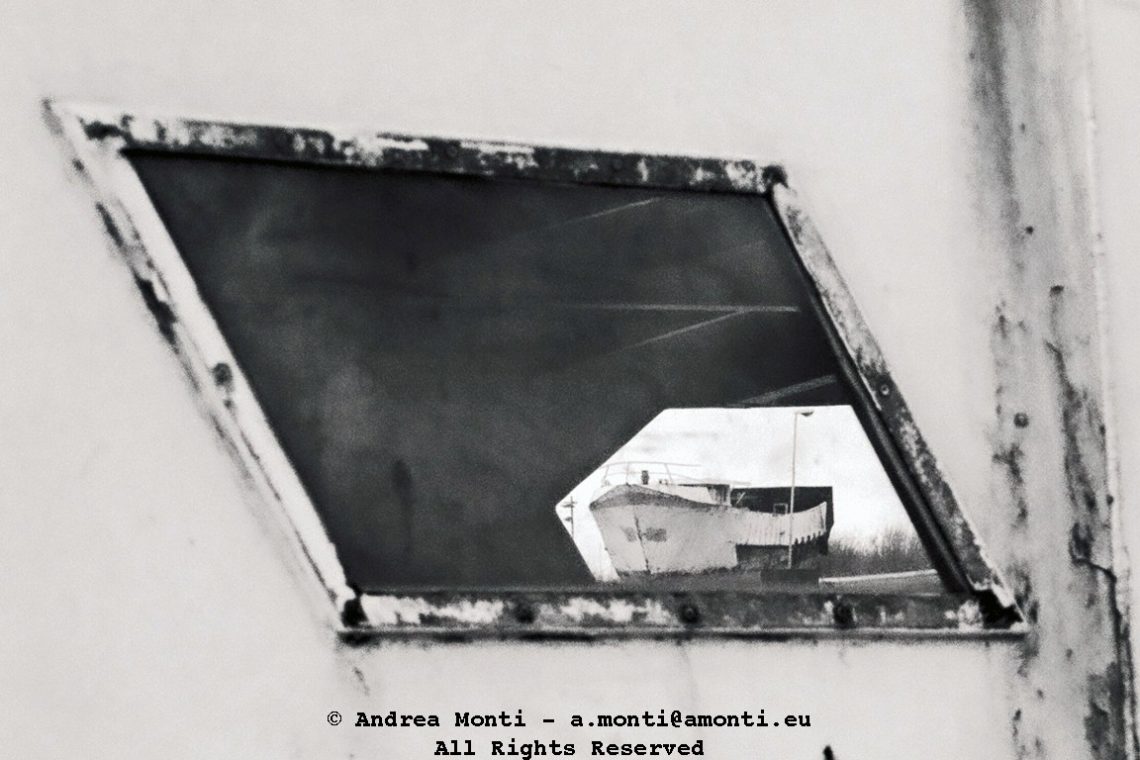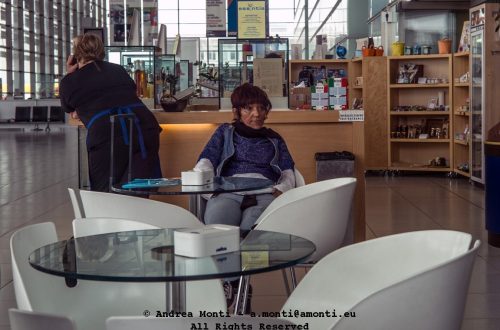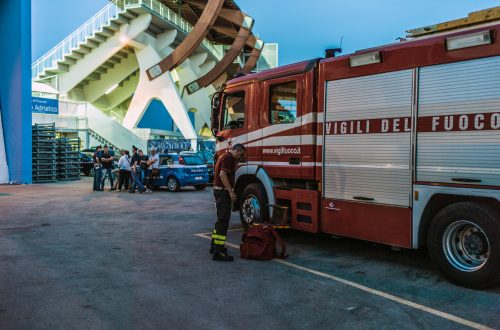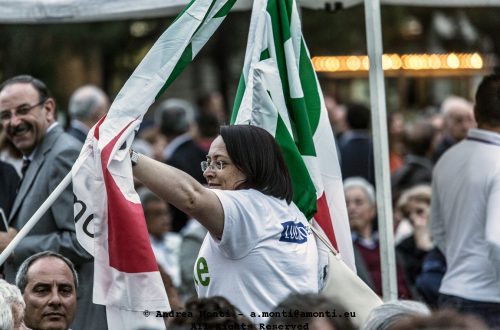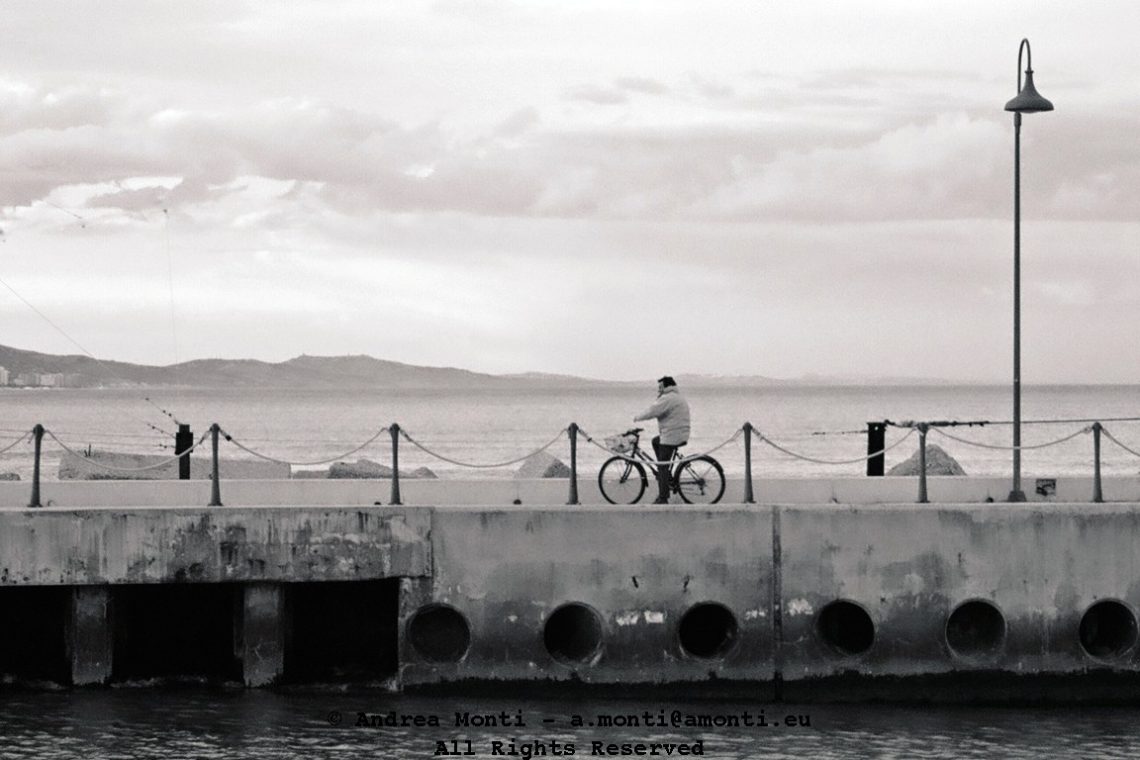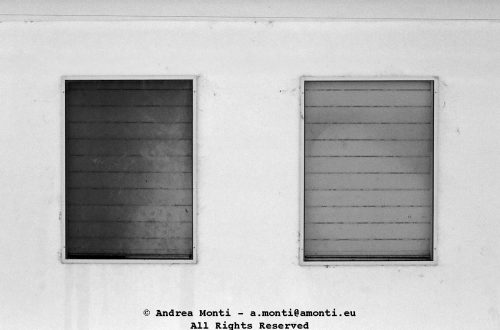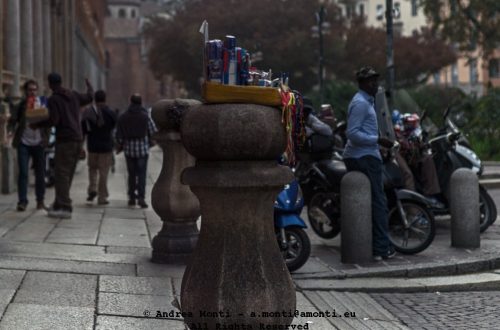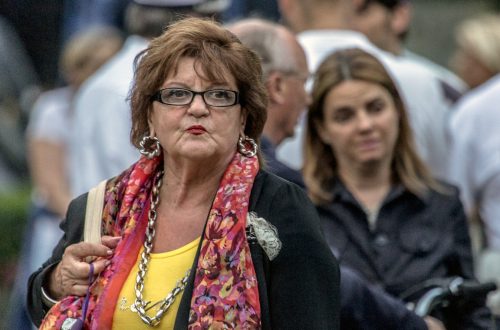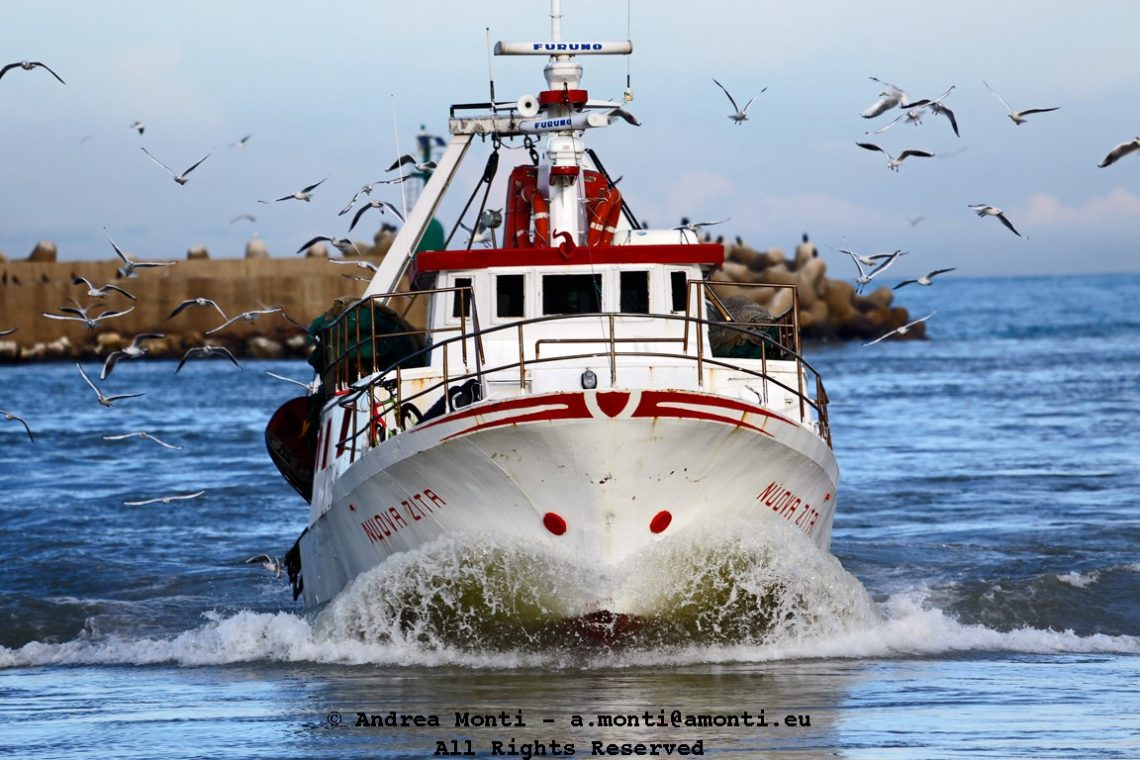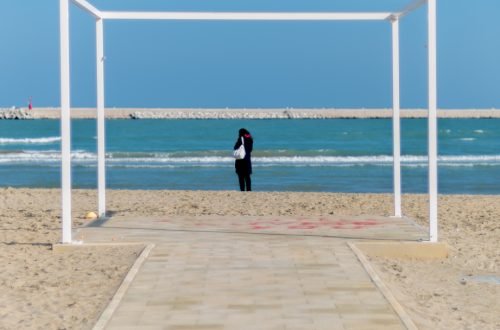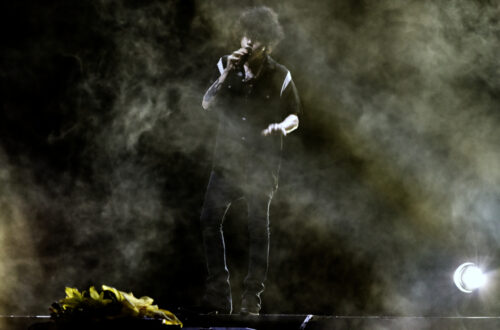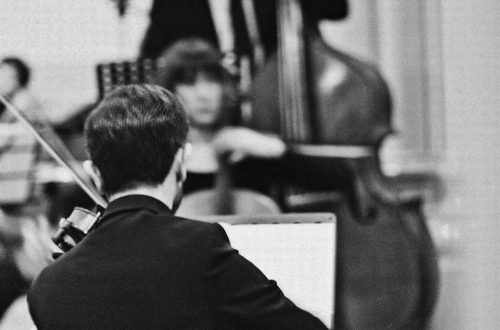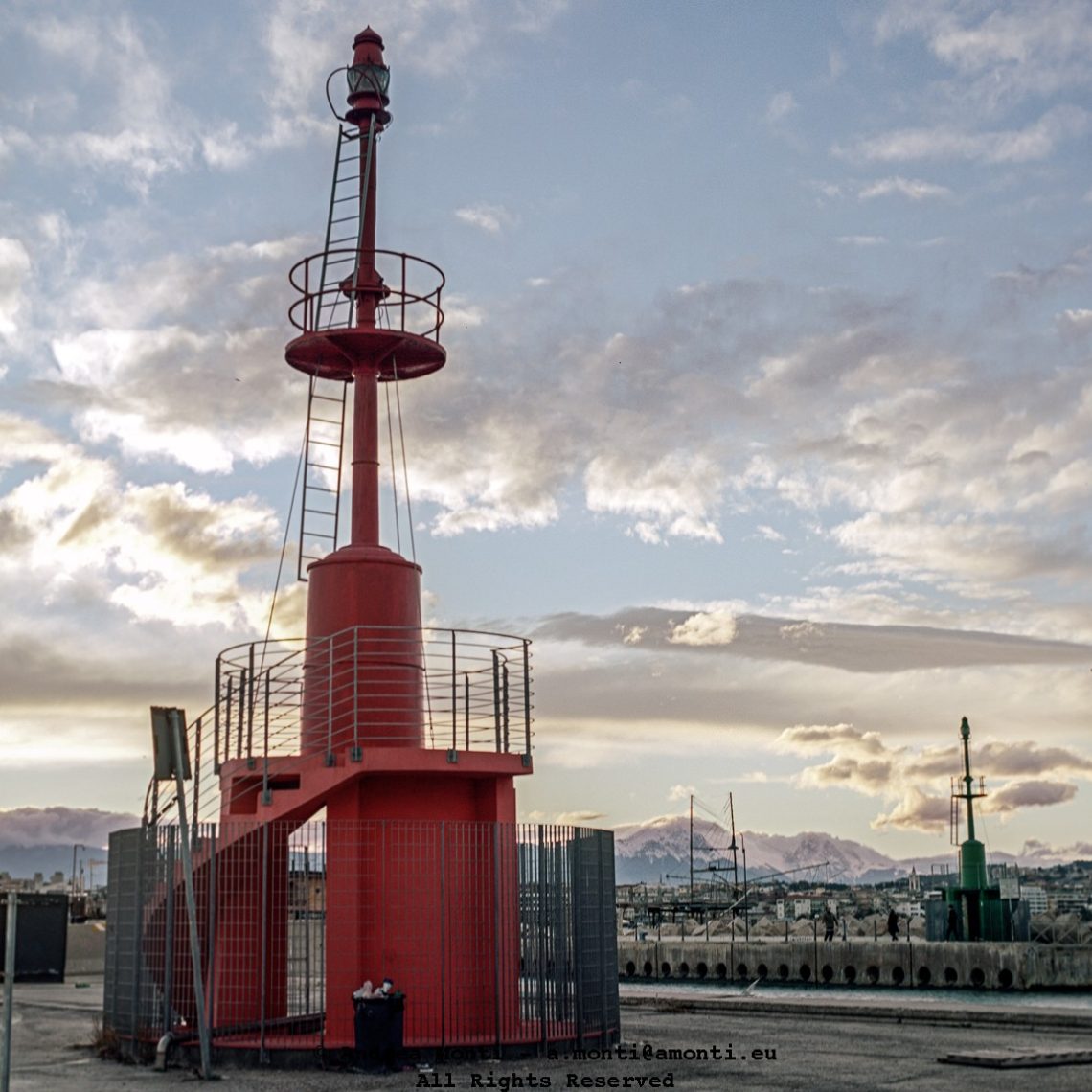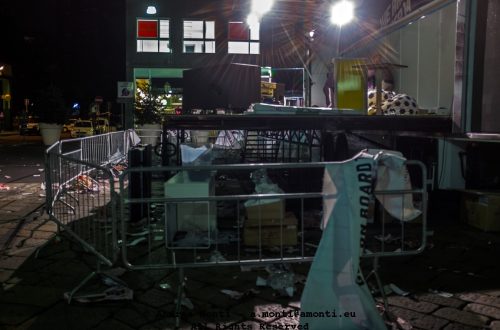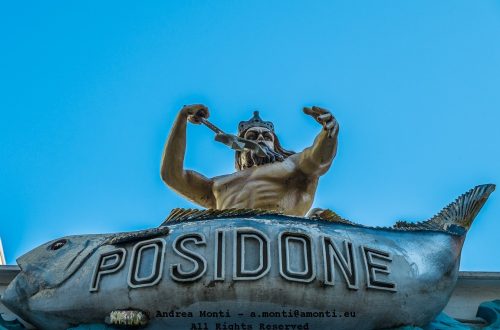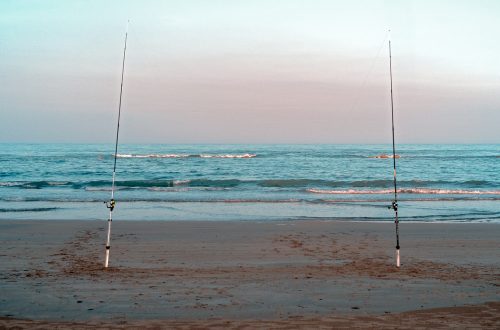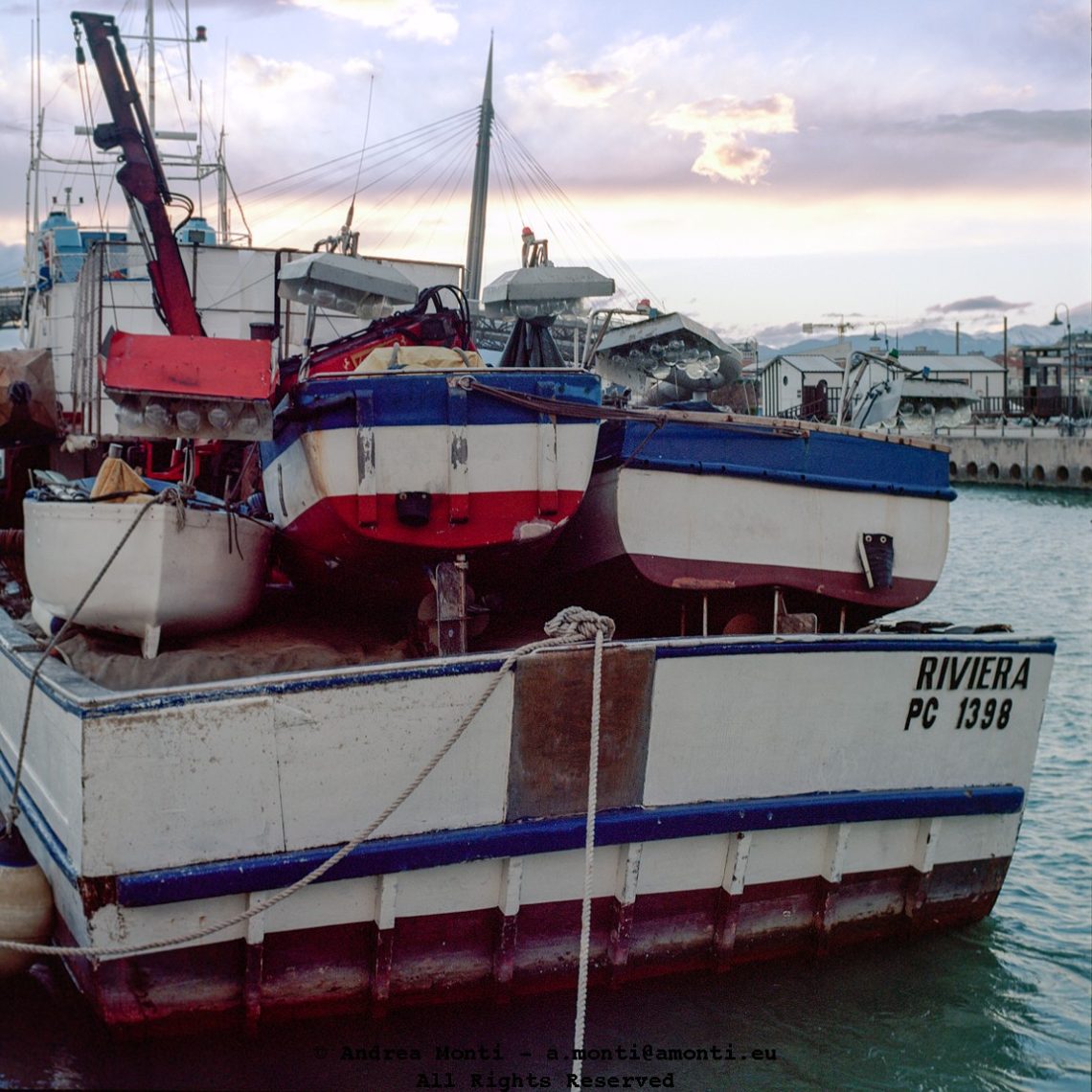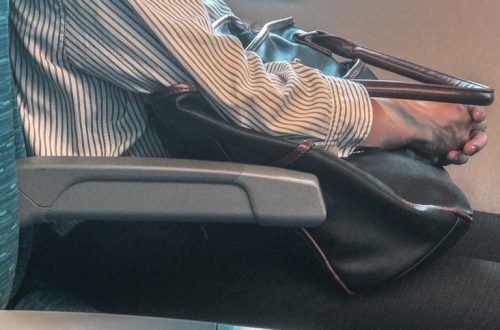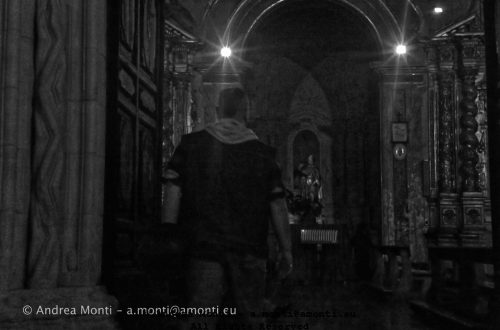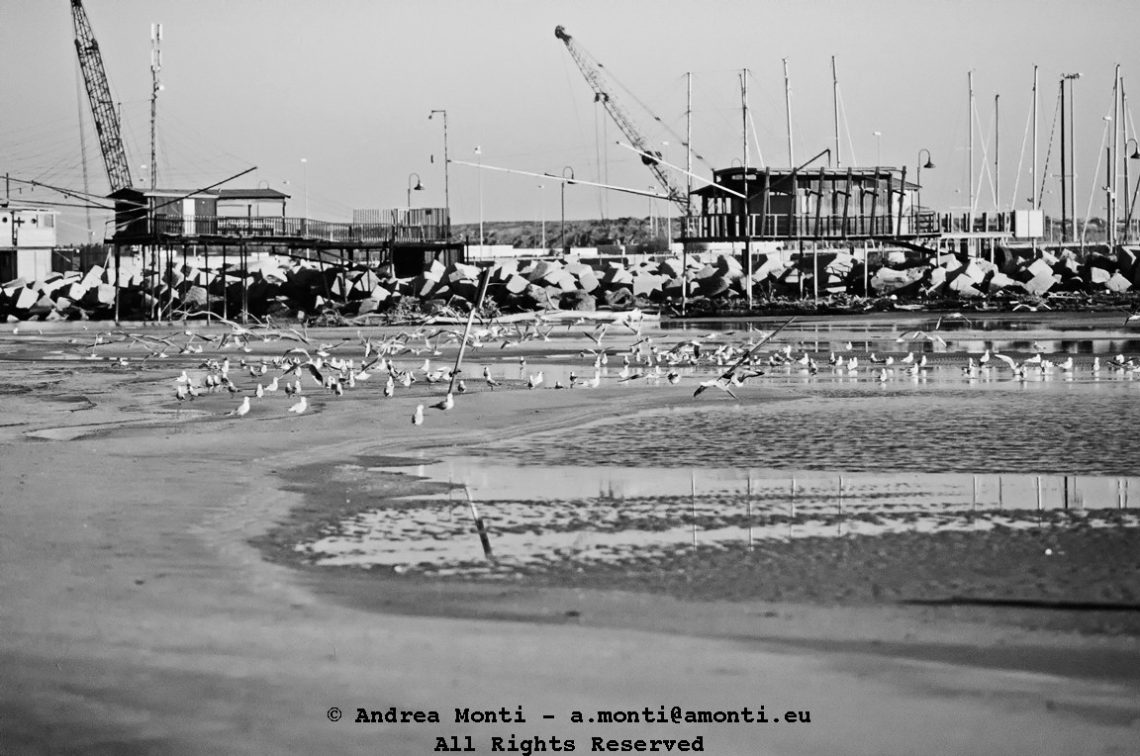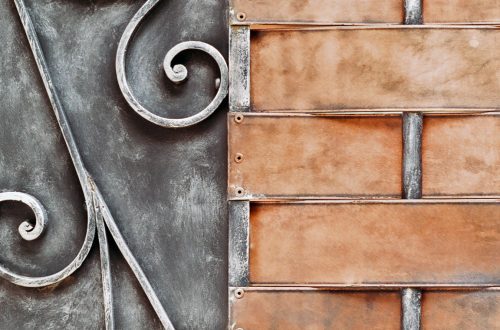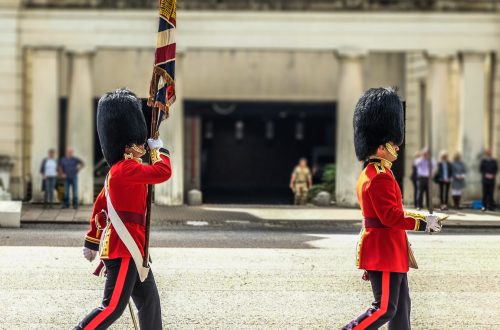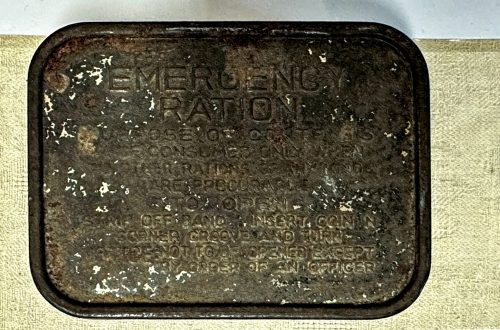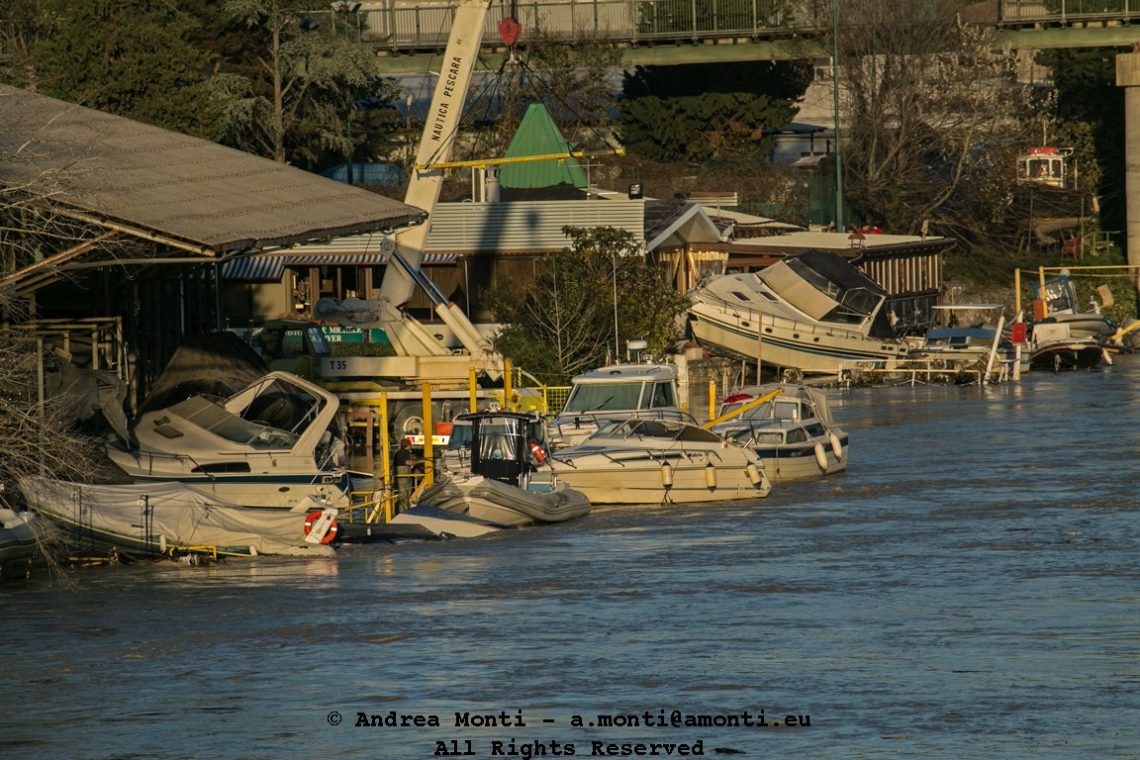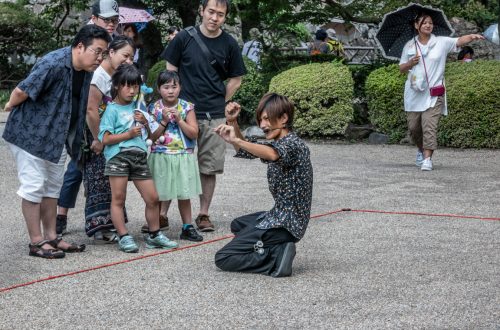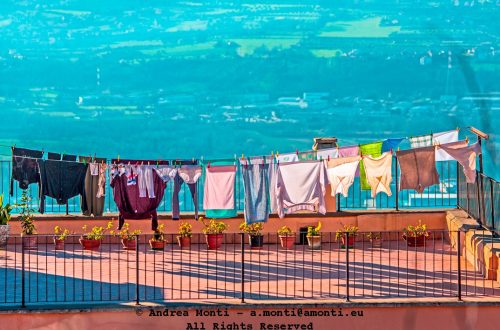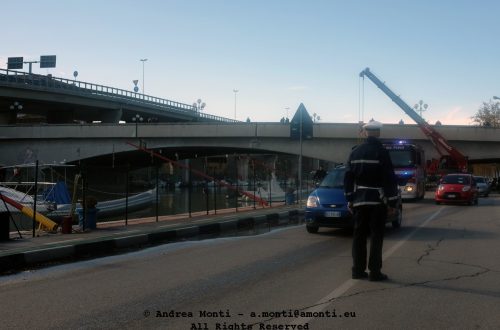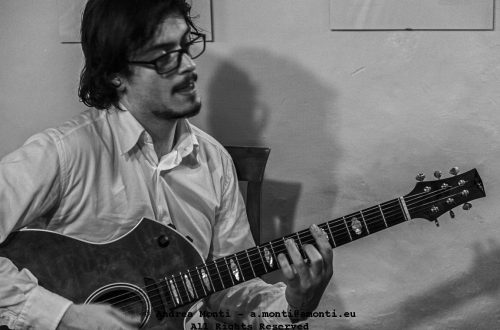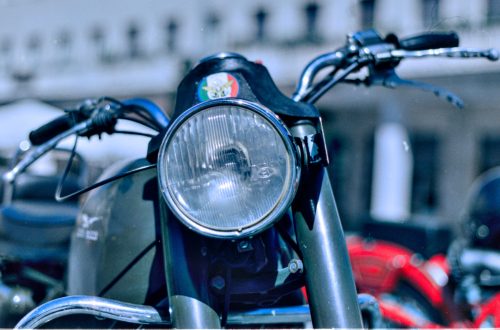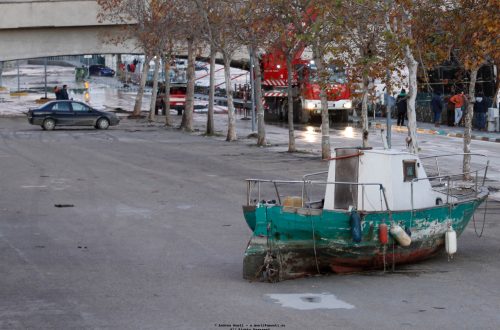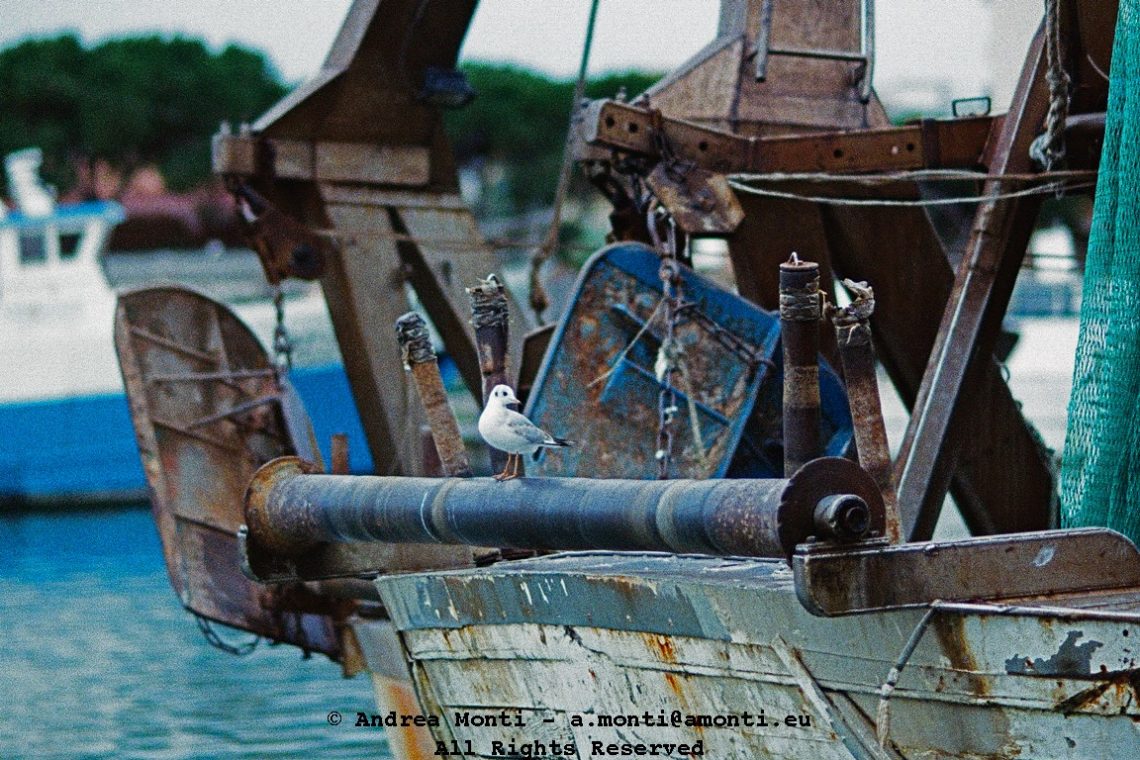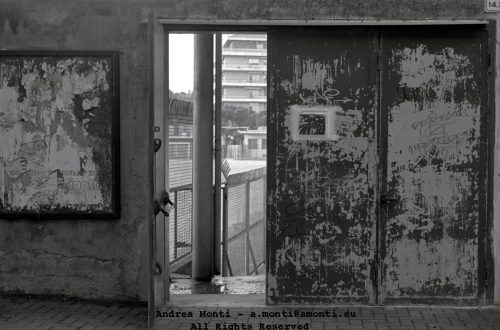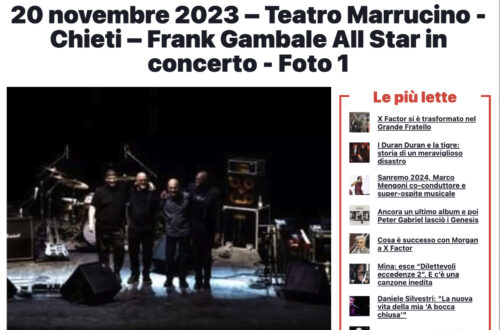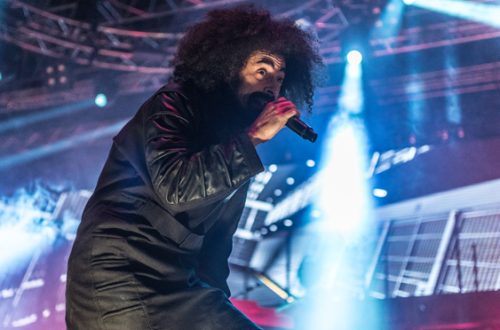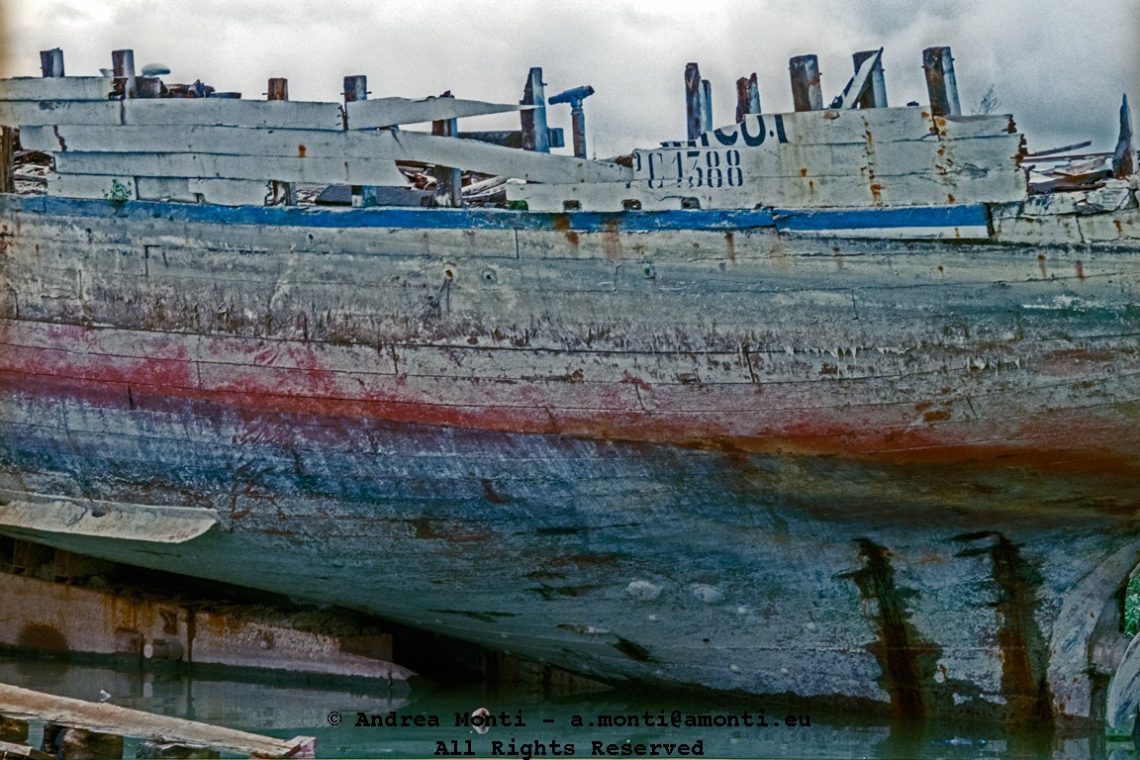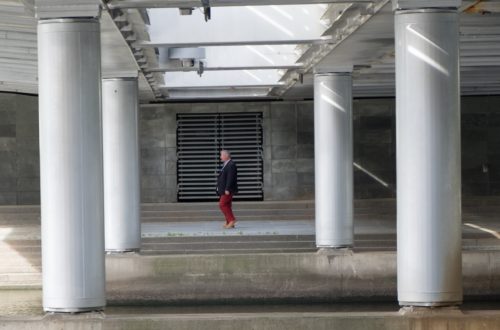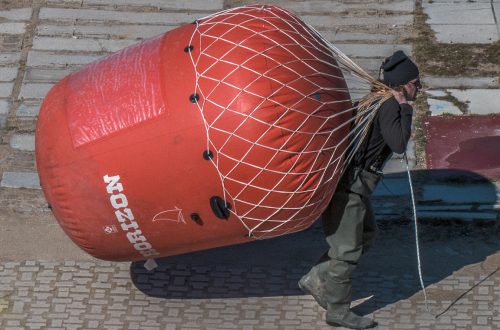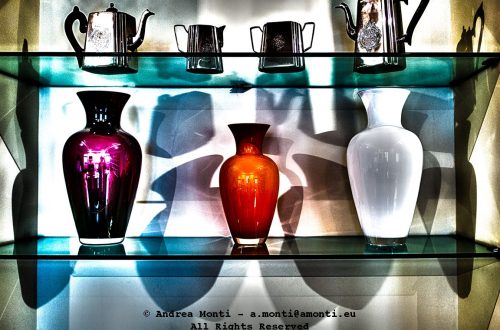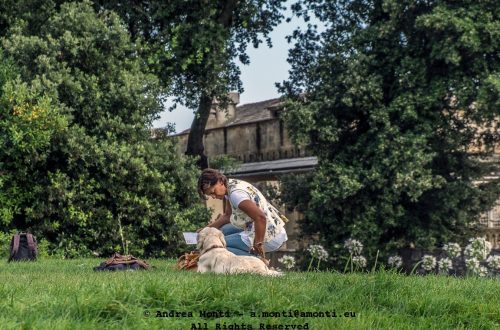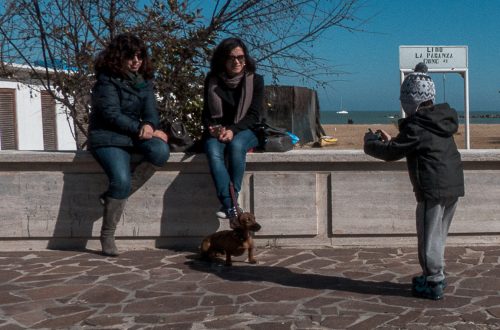-
Bless or Curse?
I took this photograph standing behind the statue, looking out over the marina. The choice of viewpoint was deliberate—front-facing statues are expected, almost ceremonial; from behind, they become more ambiguous. Without the expression to guide us, the outstretched arms could be offering a blessing to the yachts in the bay, or perhaps condemning their excess. The composition is simple but layered. The statue dominates the left third of the frame, creating a strong vertical anchor, while the open space of the sea and sky fills the rest. The boats, scattered across the water, offer points of visual interest without competing for attention. The horizon is placed high enough to balance…
-
Passage Lost
-
Red Lock At Genova’s Dock Arsenal
-
Call On The Docks
-
Staring At The Infinite (While Waiting For The Fishes)
On a calm afternoon by the Ligurian coast, the sea was neither rough nor still, and time seemed to have slowed to match the rhythm of the waves. The fisherman sat among the rocks, his body angled slightly toward the horizon, hands resting loosely near the rods. There was no urgency in his posture—only patience. The red cap, almost absurd in its brightness, became the visual anchor in an otherwise muted palette of stone, water, and sky.
-
Boat Maintenance At Genova’s Porto Antico
The Porto Antico in Genoa has a way of blending the romantic with the mundane. Tourists tend to focus on the gleaming yachts, the glint of sunlight on the water, the distant hum of maritime history. I found myself drawn to something less glamorous but far more telling—a simple act of maintenance on a sailboat, captured mid-task. From my vantage point, the composition presented itself naturally. The man in the red shirt bends over the stern, his white hair almost glowing under the midday sun. In the foreground, another man, back turned to us, anchors the scene and adds depth. The large ship’s wheel to the right and the tangle…
-
Mooring The Boat
I made this photograph while standing slightly above the scene, looking down as the sailor secured the mooring line. The angle was dictated not by style but by circumstance: the dock rose just enough over the water to offer a natural vantage point. I didn’t ask him to look up or alter his posture. He was intent on the work, and I preferred to remain a quiet observer.
-
Siamese Boats On the Seine River
Two barges, TEMPO and VESTA, lashed together as if bound by some unspoken pact, making their way up the Seine. Seen from above, their pairing creates a symmetry that is almost architectural. The way their bows slice the water in unison feels more like choreography than navigation. The shot was taken from a bridge, directly aligned with their approach, which allowed me to keep both vessels centred and parallel in the frame. That alignment is crucial — a slight offset would have made the composition feel off-balance. Here, the geometry holds everything together: two hulls, two decks, two names, and a doubling of anchor motifs. The light was soft but…
-
The Teleferic de Montjiuc
I framed this high, tight, and in monochrome. The tower holds its geometry clean against a washed-out sky, bisected by the tension of support cables that anchor the structure both physically and compositionally. The decision to exclude ground and context wasn’t aesthetic—it was structural. I wanted the image to stand on line, angle, and steel alone. Shot with a mid-telephoto to flatten depth slightly and reduce parallax across the girders. The light was diffuse but not flat. A break in the clouds gave enough gradient to define planes without creating shadow noise. The exposure leaned conservative: highlights retained in the clouds, midtones preserved in the riveted panels and pulleys. No…
-
Late for Lunch
-
Wrecked Hull
There’s something oddly compelling about the scars of a boat out of the water. Without the softening shimmer of the sea, the hull stands exposed — every scratch, blister, and patch telling a story of its time afloat. When I came across this one, propped up on its stand, the colours struck me first: the chalky off-white giving way to the battered turquoise, with angry flashes of red oxide bleeding through like old wounds reopening. I framed it tight, keeping the top and bottom of the hull cropped to remove any distraction from the shapes and textures. The horizontal divide of colour became my anchor, with the wooden prop jutting…
-
The Fisherman’s Knots
In an age of automation, efficiency, and scale, this image restores dignity to the gesture of the hand. The photograph captures a fisherman absorbed in the ancient ritual of mending his net—a task as old as seafaring itself. His fingers, calloused and sure, draw thread through mesh with the concentration of a craftsman rather than a labourer. There is no sea in sight, only scaffolding, plastic tape, and the anonymous infrastructure of a modern dock. Yet this contrast only strengthens the narrative: amid industrial noise, a human persists in doing things slowly, correctly, traditionally. The net becomes more than a tool—it is sustenance, memory, continuity. Every knot ties past to…
-
So long and thank you for the fish
Well, this is not exactly the Restaurant at the End of the Universe — but you get the idea. The scene is a working dock, somewhere between the last haul of the day and the quiet moment before the boat heads out again. A fisherman, clad in yellow waterproofs, stands mid-task, surrounded by crates of glistening nets and freshly caught fish. The deck of the boat, the worn concrete, the splashes of green and red from the gear — it’s a palette that speaks of utility rather than design. The composition benefits from the elevated vantage point. Shooting from above flattens the scene into a graphic arrangement of lines, textures,…
-
In-Eye
Photography has a curious way of leading the mind into patterns — an instinctive search for meaning, even when none exists. We are hardwired to interpret shapes and juxtapositions, to anthropomorphise objects, to find faces in clouds and stories in shadows. This image is one such case: a seemingly simple shot of a ship seen through a weathered window, yet the geometry conspires to suggest something far more figurative. Here, the diamond-shaped porthole becomes an eyelid, its corroded frame the brow, and beyond it, the bow of the ship forms an unmistakable iris and pupil. It’s a quiet trick of composition — one I noticed only after the fact —…
-
Against the Tide
There’s a stillness in this frame that caught me before I even thought about the technical side. A lone figure on a bicycle, paused at the edge of the pier, framed by the unbroken horizon and the muted textures of concrete and water. The light is soft, almost hesitant — no harsh shadows, no dazzling highlights — as if the scene itself wanted to remain understated. I worked to keep the composition balanced but not too neat. The lamp post on the right anchors the image without overpowering it, while the figure sits almost at the centre, enough to draw the eye but still letting the expanse of sea and…
-
Let’s get the party started…
Fishing boats have a way of announcing themselves well before they reach the harbour wall. The sound of the engine carries over the water, but it’s the birds that really give them away — a moving cloud of wings and calls, circling, swooping, waiting for the scraps that will inevitably be thrown overboard. This shot catches the “Nuova Zita” in that precise moment of return, driving straight toward me, bow cutting through the water, foam rising in a perfect V. I chose a dead-centre composition, a choice some might consider too rigid, but here it felt essential. The boat’s symmetry — red trim framing the white hull, the vertical mast…
-
Fisherman’s Friend
When the course is set back to the dock, especially at night, there is no better companion than the reassuring glow of the harbour’s twin beacons. These masts, painted in unmistakable red and green, have long served as silent guides, their geometry as familiar to mariners as the constellations above. This photograph, titled Fisherman’s Friend, plays not only on a brand name but on the enduring role of such structures in the choreography of safe returns. From a compositional standpoint, the image centres on the red mast, giving it commanding presence against a pastel-hued evening sky. The placement is deliberate—slightly forward and to the left of the green twin in…
-
Life And Work On A Fishing Boat
I took this just before dusk in a working harbour, where boats aren’t romanticised—they’re tools, piled with other tools, patched, rusted, functional. Riviera isn’t posing. It’s docked, burdened with skiffs, plastic crates, folded nets, and the quiet fatigue of a long shift at sea. The composition pushes tight against the frame, stacking hulls on hulls, blocking any clear horizon. The visual noise—cables, ropes, red crane arm—disrupts the scene enough to pull you into its clutter. The sky, soft and forgiving in the background, does little to alleviate the heaviness of the vessel. That contrast matters. Technically, the image holds despite the mixed lighting. The fading day cast a bluish tint…
-
The Seagull’s Rest
-
The Day After The Tide
After the tide, the river comes back to normality, while the boatmen account for the damages. I waited for the light to fall low enough to cut across the hulls and expose what the flood left behind. This isn’t a storm photo—it’s what follows. Boats grounded sideways, lines tangled, some afloat, some tilted into the banks. Nothing dramatic. Just consequence. Shot from the opposite bank with a 300mm telephoto, compressed enough to layer the damage. The image stacks: river in the foreground, boats mid-frame, wreckage and crane behind. The eye bounces between verticals—poles, masts, supports—and diagonals—listing decks and snapped canopies. It’s cluttered by design. Recovery never looks clean. Exposure leaned toward…
-
Saving the Boat
The tide is coming, and a sailor works hard to protect his boat.
-
Clandestine Seagull
I took this photograph in the harbour, late in the afternoon when the light had already started to fade into that bluish, uncertain zone. The boat was clearly not preparing to set sail, yet there was this lone seagull perched as if ready for departure, almost waiting for a conductor to come and check its ticket. That hint of anthropomorphic humour is what made me stop and press the shutter. Compositionally, the bird sits roughly on the intersection of thirds, naturally drawing the eye amid the clutter of fishing gear, ropes, and rust. The machinery around it frames the subject without enclosing it, lending a sense of depth and context.…
-
Wrecked Ship
There’s a heaviness to this photograph, not just in the physical mass of the vessel but in the sense of time etched into its surface. The frame is filled almost entirely by the side of the wreck, the wood weathered to grey and streaked with rust-red, algae-green, and salt-white. The colours are muted but carry a richness born of decay — pigments laid down not by brush but by years of exposure, water, and neglect. From a compositional standpoint, the choice to exclude the horizon and most of the surrounding context forces the viewer to confront the ship as an object, almost abstract in its texture. The eye moves along…
-
A Sailor’s Knot
I was drawn to this image for the way it captures the physicality of work at sea without showing the sea itself. The coiled rope, weathered and darkened, sits heavy against the chipped paint and rust stains of the boat’s surface. The knot is both functional and sculptural — a product of necessity rather than ornament — yet it commands its place in the frame with the authority of an intentional design. From a compositional standpoint, the photograph relies on a strong division between planes. The horizontal band of the boat’s edge anchors the top third, while the ropes cut diagonally through the frame, breaking the stillness. This interplay of…
